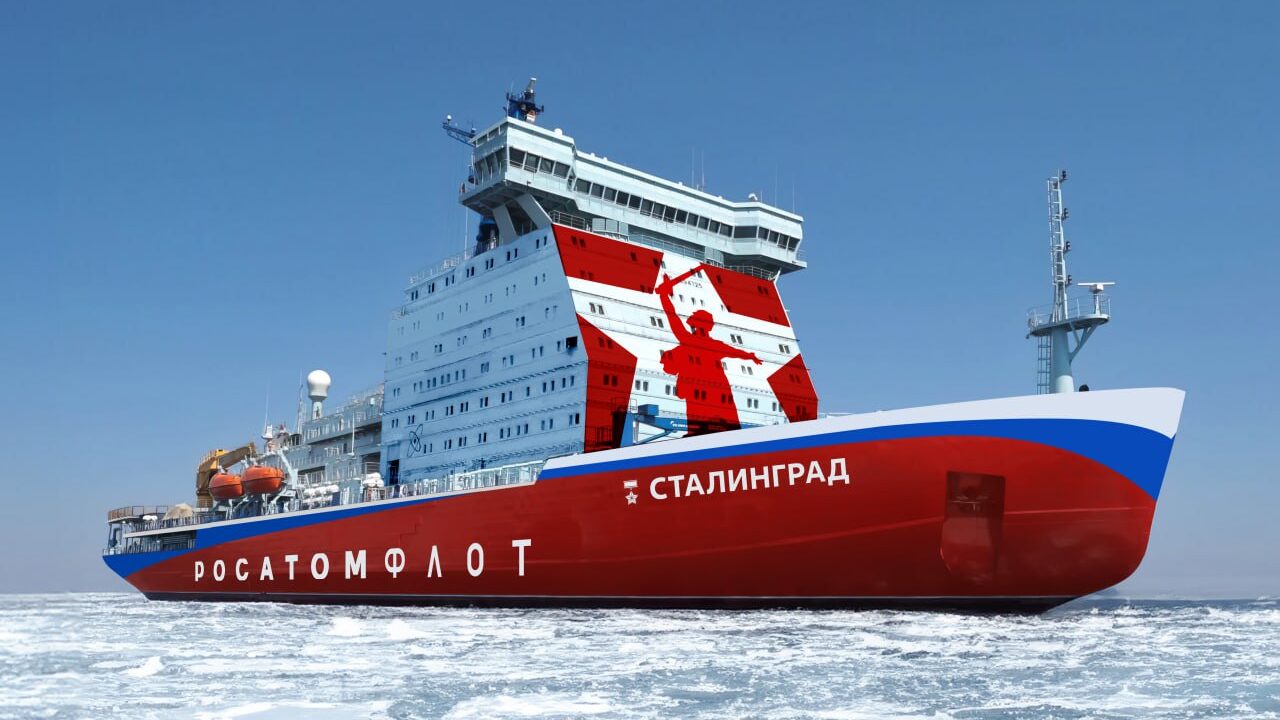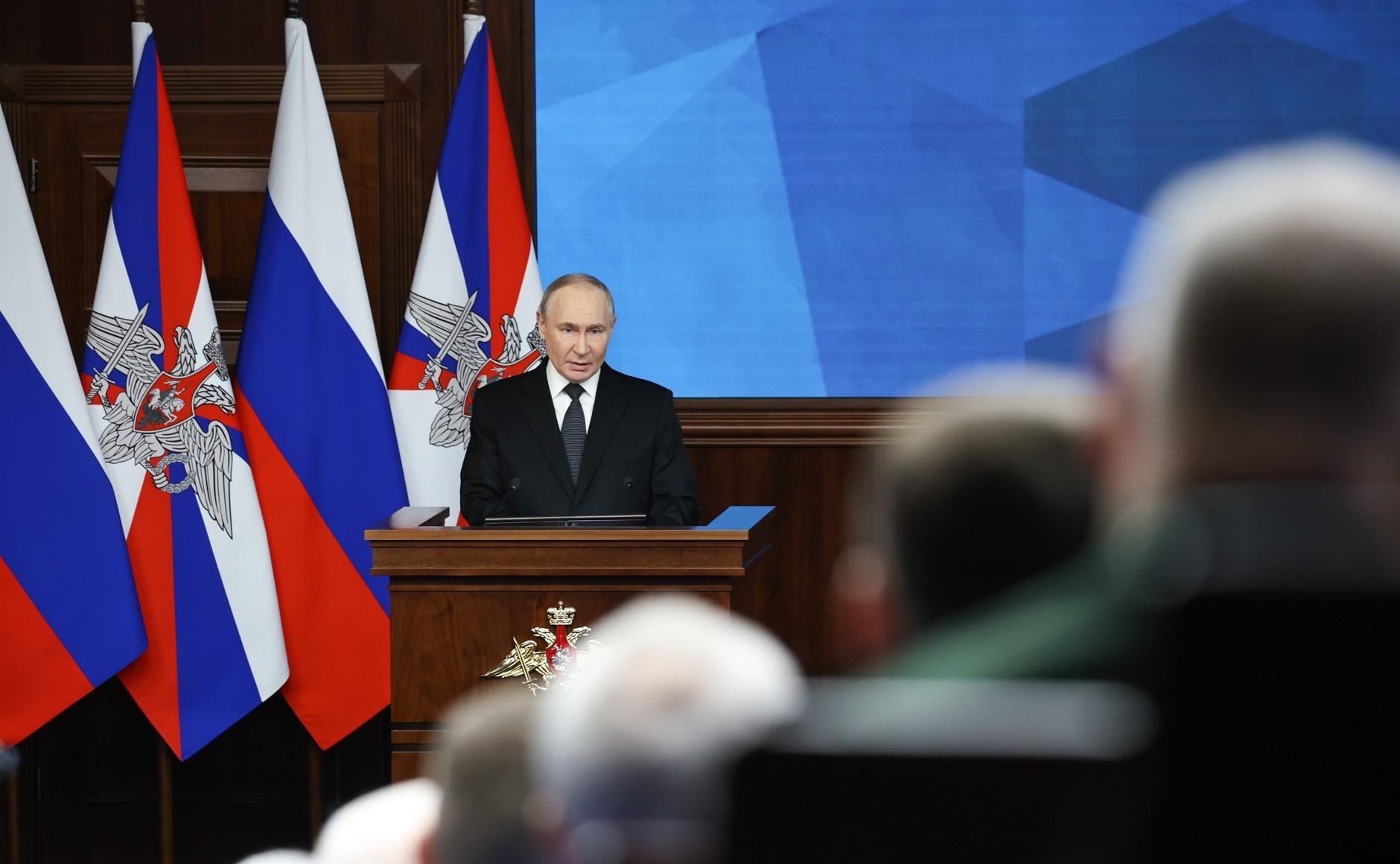
Sustainable Energy—A Hidden Agenda of Russia’s 2021 Eastern Economic Forum
Sustainable Energy—A Hidden Agenda of Russia’s 2021 Eastern Economic Forum
The Sixth Eastern Economic Forum 2021 (EEF-2021), which convened delegations from 60 countries, took place on September 2–4, in Vladivostok, at the Far Eastern Federal University. A symbol of Russia’s “Pivot to Asia” strategy and its growing socio-economic, business, and cultural integration in the Asia-Pacific region, the EEF was inaugurated in 2015 by a special decree of Vladimir Putin (Valdaiclub.com, September 2).
Aside from its foreign and economic policy objectives, the EEF is also meant to symbolize Moscow’s return to the Russian Far East. The Russian ruling elite believes that, following two decades of the region’s near complete collapse, the Far Eastern territories are in a position to become one of the key drivers of the country’s economic growth for decades to come. Yuri Trutnev, the presidential envoy to the Far Eastern Federal District, noted that even though the EEF-2021 saw a lower level of international representation compared to 2018 and 2019, the forum nonetheless concluded with the signing of dozens of contacts in total worth 3.6 trillion rubles ($49.2 billion). Moreover, the Russian side stated that during this year’s EEF, 380 agreements were inked—although, only 24 were with international partners (Izvestia, September 6).
Priority areas attracting most of the attention included contracts signed in metallurgy, bio-marine resources, mining, information technology and digitalization. Yet these overshadowed deals or developments in sustainable energy—a sector seen by Moscow as one of the main prospective drivers of regional economic growth and a factor that can contribute to Russia’s international economic cooperation (see EDM, May 26, June 24, July 7). This was clearly articulated by President Putin during the EEF-2021 plenary session (September 3), when he underscored two aspects. First, he spoke of the need to create a cluster capable of producing “green” hydrogen (the most ecologically sustainable type of this next-generation fuel) and ammonia. Second, he stated that renewable energy will become a factor of rapid technological modernization and a key to implementing breakthrough technologies (“proryvnyye tekhnologii”) in transportation, energy and other industries (TASS, September 3).
On a practical level, it is worth outlining two macro-aspects directly associated with the role of hydrogen, renewable energy resources, and de-carbonization that were stressed during EEF-2021.
First, cooperation between Russia and Japan is strengthening. At EEF-2021, both sides signed a number of deals that could prospectively assist fomenting ties in the realm of clean energy between the two countries, including (Neftegaz.ru, September 2):
- An agreement between Russian Energy Minister Nikolai Shulginov and the head of Japan’s Ministry of Economy, Trade and Industry (METI), Hiroshi Kajiyama, which specifically addresses the development of bilateral ties in energy projects, including liquefied natural gas (LNG), hydrogen, ammonia, and broader green energy initiatives.
- A Novatek-METI memorandum on cooperation in the realm of ammonia, hydrogen and carbon dioxide (storage and utilization).
- A Novatek–Japan Bank for International Cooperation (JBIC) agreement on strategic cooperation in the realm of low-carbon projects. One such initiative (potentially financially supported by the JBIC) is the Ob Gas Chemical Complex (GCC), which Novatek plans to build near the Sabetta port in the Yamal Peninsula.
Second, Russia is determined to transform Sakhalin into a hydrogen and renewable source geo-economic project aimed at expanding foreign economic ties and diversify exports away from raw materials and bio-marine resources. Specifically, the state-owned Rosatom and Gazprom corporations are aiming to convert Sakhalin into a major center for producing both “green” and “blue” (still requiring the use of non-renewable energy inputs) hydrogen, which, according to the Russian side, will be supplied to foreign buyers and Japan in particular.
In effect, during EEF-2021, Gazprom, Rosatom and the regional government of Sakhalin Oblast signed an agreement on cooperation in the realm of production of hydrogen. This will result in the emergence of a “hydrogen park” mega-project there. Other notable participants therein are Volvo Group Russia, the Corporation for the Development of the Far East and the Arctic (CDFEA), Rusatom Overseas (RAOS JSC), and the Sakhalin Development Corporation (Neftegaz.ru, September 3). Regarding Sakhalin-related plans and initiatives, it is also important to mention that Russia’s plans to transform this remote island oblast into a hydrogen-producing site hinge on cooperation with foreign investors—namely Japanese, but from other countries as well. For instance, Air Liquide (a French multinational company)—which signed an agreement with RAOS JSC—is planning to play an active role in this process, assisting Russia in building a hydrogen-producing complex with an annual production capacity of up to 100,000 tons by 2025.
On the one hand, Sakhalin and the Russian Far East more broadly can boast several notable competitive advantages—such as geographic proximity to large Asia-Pacific export markets and the fact that the region is an integral part of the Northern Sea Route (NSR), which will connect Asia and Europe via Arctic waters off of Russia’s northern coast. But on the other hand, several problematic aspects might interfere with Moscow’s ambitious plans.
The first issue is one of transit. Despite previous efforts to rectify the deficient supply chain mechanisms in the Far East for transporting hydrogen to end users, Sakhalin Oblast governor Valery Limarenko admitted that there is yet to be a final consensus on how to resolve the matter (Rzd-partner.ru, September 2). The second major issue is based on the fact that when joining the “hydrogen race” in the Asia-Pacific region, Russia is likely to encounter competition from countries that have already made the production, and prospective exports, of “green” hydrogen their economic priorities. One of them is Australia, which, according to a Wood Mackenzie forecast, will acquire capabilities to supply 25 million–45 million tons by 2050. Not only does Australia enjoy more beneficial (natural) conditions for the massive production of green hydrogen, but it also boasts well-developed infrastructure and a sophisticated network of energy ties to the rest of the region (Nezavisimaya Gazeta, September 2)—elements Russia has yet to ramp up.
Australia, however, is by no means the only formidable competitor Russia is likely to face globally. Players such as the United Arab Emirates and the Kingdom of Saudi Arabia have also made renewables a part of their respective economic diversification agendas, as a means to shift away from their dependence on hydrocarbon exports (Gulfif.org, August 24). As tempting as the nascent hydrogen economy may be for Russia’s future development, securing significant market share in this sector will not be easy.


